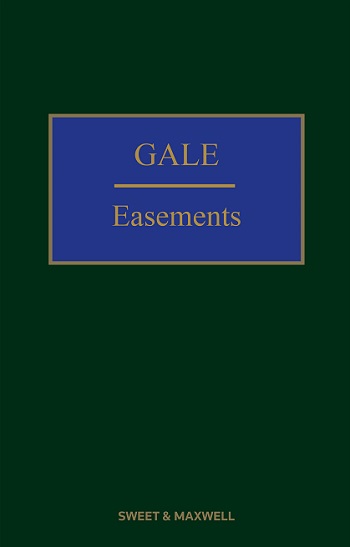
An easement is ‘a right enjoyed by an owner of land over land of another, such as a right of way, of light, of support, or to a flow of air or water’. It is a core area of property law and matters relating to them can be frequent, complex and contentious.
This highly regarded and frequently cited title, first published in 1839, is a detailed analytical text that interprets statute and case-law and suggests solutions to the many problems that may arise. The authors provide summaries and informed examination of case law to help make clear the main themes of the law of easements and their subtle variations and exceptions.
Gale on Easements: